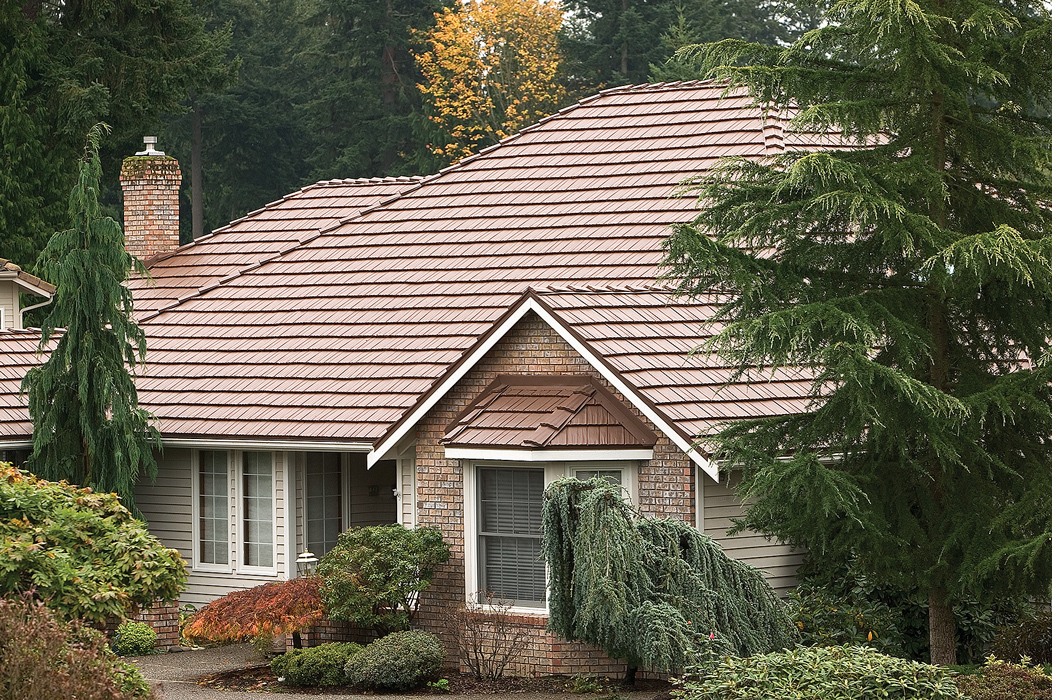

We may earn revenue from the products available on this page and participate in affiliate programs. Learn More ›

Partner Story
Installing a metal roof is a smart investment, one that homeowners can recoup in the form of ongoing cost savings as well as increased home value.
A high-quality roof is one of the most critical features of your home, protecting both the exterior and interior. It is the first defense against severe weather and helps manage the heating and cooling needs of your home. As it helps insulate, your home stays warmer in the winter and cooler in the summer, depending on the type of roof material. Yet as roofs age, they can become less effective and can develop leaks and other serious and costly problems.
But not all types of roofs perform equally. Metal roofs, manufactured with materials like aluminum, steel, copper, or zinc, have become more popular in recent years and are considered to be a long-lasting investment. While the initial cost of a quality metal roof may be higher than traditional roofing materials such as asphalt, the financial benefits are unquestionable given their durability and longevity, not to mention their attractive modern aesthetic. As you prepare for warmer temperatures—and higher energy costs associated with keeping cool—consider upgrading to a metal roof.
In addition to cost savings, here are seven other benefits homeowners can enjoy by investing in a metal roof.
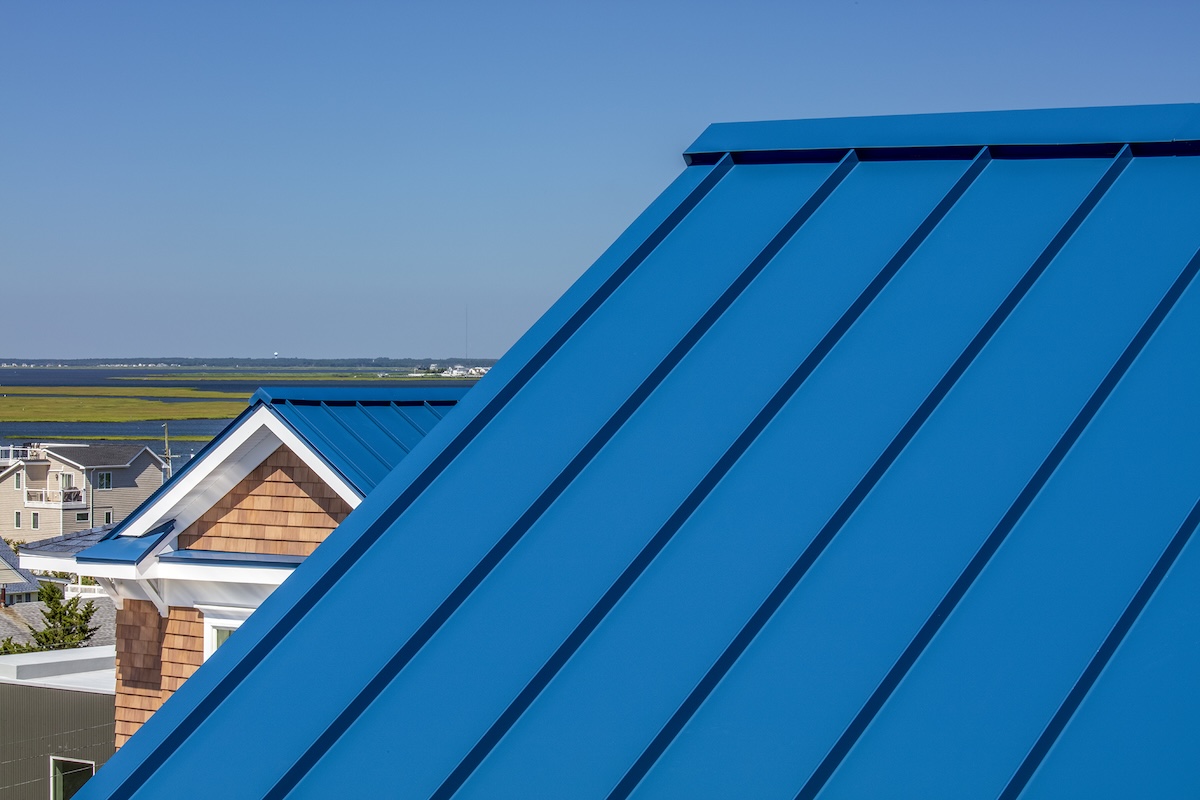
Energy Savings
The most immediate way to reap financial benefits from your metal roof is through the energy savings it provides.
Metal roofing is designed with heat-deflecting coatings that can significantly reduce a home’s energy consumption and may help lower energy costs by 40 percent or more, according to the Metal Roofing Alliance. As a result, it is often referred to as “cool metal roofing.” In fact, a basic, unpainted metal roof will reflect more solar radiation than a typical asphalt roof, which absorbs and holds heat.
The highly reflective coatings use paint to increase solar reflectance up to 90 percent and lower the surface temperature of the roof. Therefore, these roofs reduce the energy needs of air-conditioned homes and even boost the comfort level in homes without air conditioners. This, of course, may also result in financial savings due to lower utility bills.
In addition, metal is an ideal platform for residential rooftop solar systems, which are becoming more common as homeowners seek to become more energy independent. Because quality metal roofs last longer than solar panels themselves, it reduces the likelihood of your roof wearing out sooner than your solar system, helping to avoid costly removal and re-installation.
Long Lifespan
One of the most attractive aspects of metal roofs is their prolonged lifespan in comparison to roofing materials like asphalt shingles. Metal roofing can last up to 50-plus years, which is nearly two to three times longer than other materials, according to the Metal Roofing Alliance.
Metal roofs are resistant to cracking, shrinking, and eroding, while also being able to withstand extreme weather conditions, including heavy snow loads, hailstorms, and wildfires. Metal roofs also never decompose. “Other roofing materials like wood shingle, shake, and tile have varying degrees of weather-related problems that lead to breakdown,” says Renee Ramey, Metal Roofing Alliance (MRA) executive director. “Wood shingle and shake roofs often need replacement before 20 years. Concrete tile roofs can crack and warp in the freeze/thaw cycle of more northern climates.”
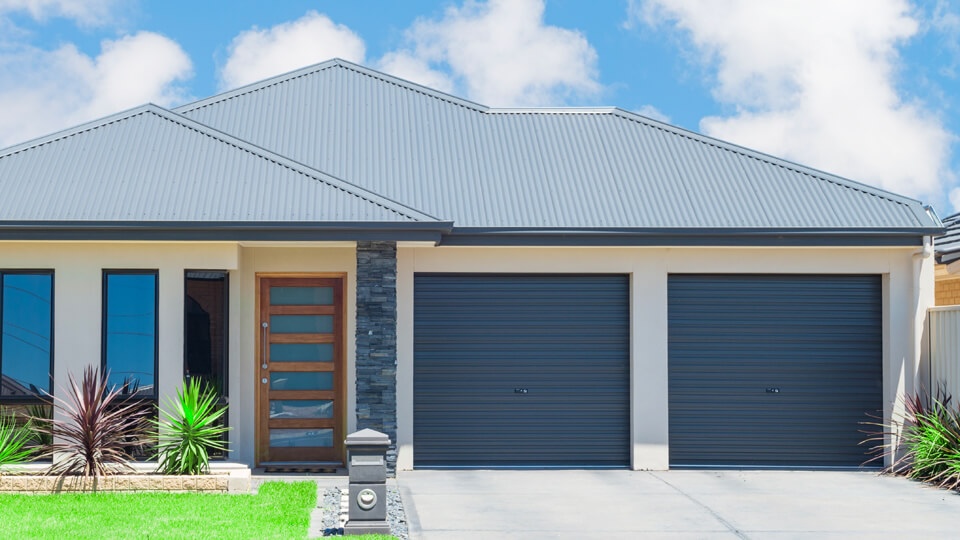
Resilience
Metal is the best roofing choice as a defense against extreme weather, which is only expected to worsen in the coming years due to climate change. After it’s properly installed, a metal roof can withstand the following types of harsh weather conditions:
Tropical Storms and Hurricanes
Given its wind resistance capability, metal roofing offers protection from strong storms, including tropical storms and hurricanes. In fact, recent post-hurricane inspections have found that metal roofs fared far better than those roofs covered by asphalt shingles, according to the Metal Roofing Alliance.
Wind and Tornadoes
Installed correctly, quality metal roofs are rated to stand up to F2 tornado wind speeds (113 to 157 mph), resist leaks, and are much less likely to puncture, tear, or crack due to flying debris or massive hailstones. However, MRA cautions homeowners that how your roof is installed is just as important as the quality materials selected when it comes to long-lasting, durable protection. MRA experts encourage homeowners to ask their installer about proper methods to help provide extra security against wind lift, as well as venting and underlayment designed to meet or exceed regional building codes.
Fire
As a non-combustible product, many metal roofs carry a Class A fire-resistant rating, the highest possible. Experts, including the Federal Emergency Management Agency (FEMA), recommend installing fire-resistant materials, like metal roofs, in wildfire-prone areas.
Hail
Hail can break, split, and tear off traditional roofing materials, leading to expensive repairs. But metal roofs are strong and highly resistant to damage caused by hailstorms. In fact, most metal roofing manufacturers offer UL 2218 Class 4 compliant roofing products, a rating that qualifies roofs for the Severe Hail (SH) requirements, as defined by most major insurance companies.
Snow and Ice
Metal roofs are typically designed to carry heavy loads, such as snow and ice. They also shed snow quickly and minimize ice damming due to their smooth surface.
Lightning
While many people assume that metal roofs attract lightning, actually the opposite is true. In the very rare instance that lightning strikes a metal roof, the electricity is spread out across a larger area, diminishing its impact.
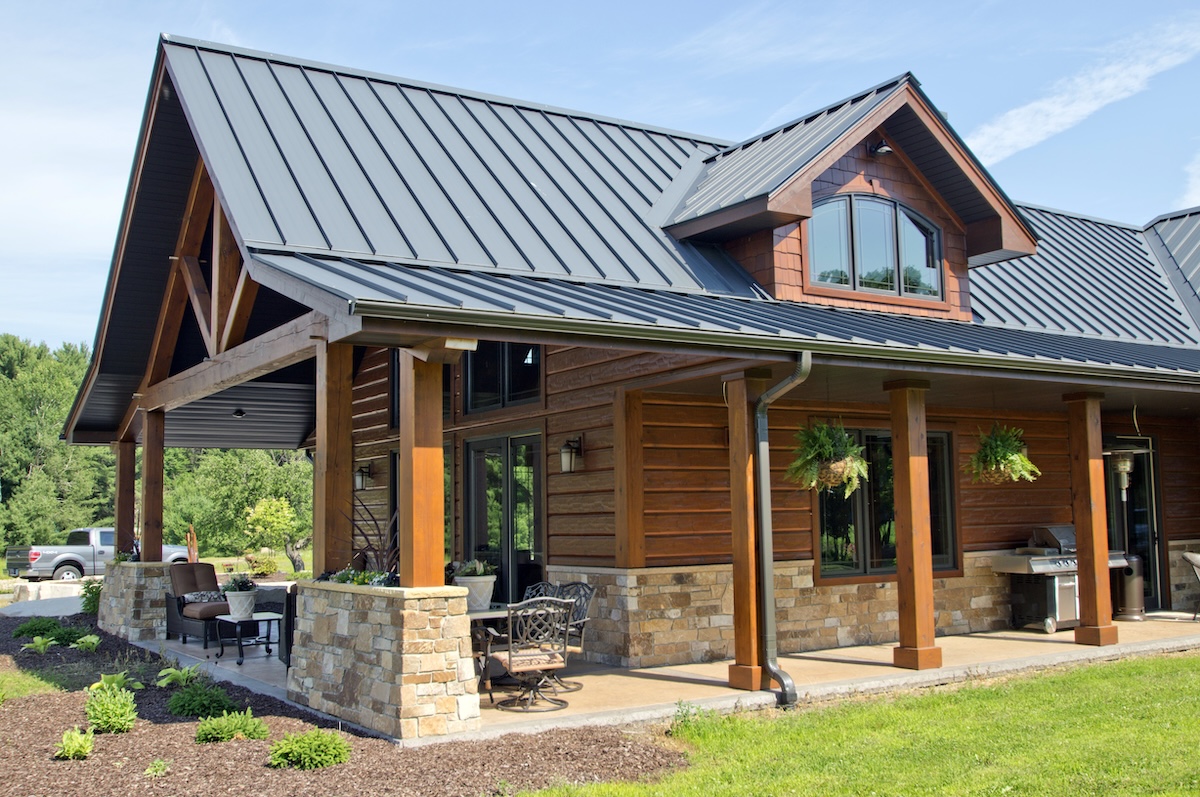
Minimal Maintenance
Another major advantage of having a metal roof is that you can expect to save money on maintenance. Metal roofs require less upkeep than asphalt ones, which frequently need broken or deteriorating shingles replaced, moss and algae removed, and other maintenance and repair services.
Metal roofs also don’t need to be cleaned as often. “Rain will naturally wash your metal roof but keeping it clear of debris can ensure it remains unscuffed and in pristine condition,” says Ramey. “Metal roofs clean easily without any heavy-duty gear. You can use a mild solution of soap or non-abrasive dishwashing detergent in warm water and a sponge, soft cloth, or soft bristle nylon brush (again, nothing abrasive).” A low-pressure sprayer can also help with removing dirt or debris.
Discounts on Insurance Premiums
If you’re looking to save on homeowners’ insurance, installing a metal roof may be just the ticket. In many states, insurance companies offer discounts or incentives for choosing a metal roof because they consider it to be lower risk due to its durability, longevity, and resistance to weather-related damage. Less risk means fewer claims, which leads to more money in your pocket.
While the amount of the discount will depend on your specific insurance policy, insurance provider, and location, it’s typically in the 5 to 35 percent range. Be sure to ask your insurance provider if they offer a reduction for purchasing a metal roof before starting the project.
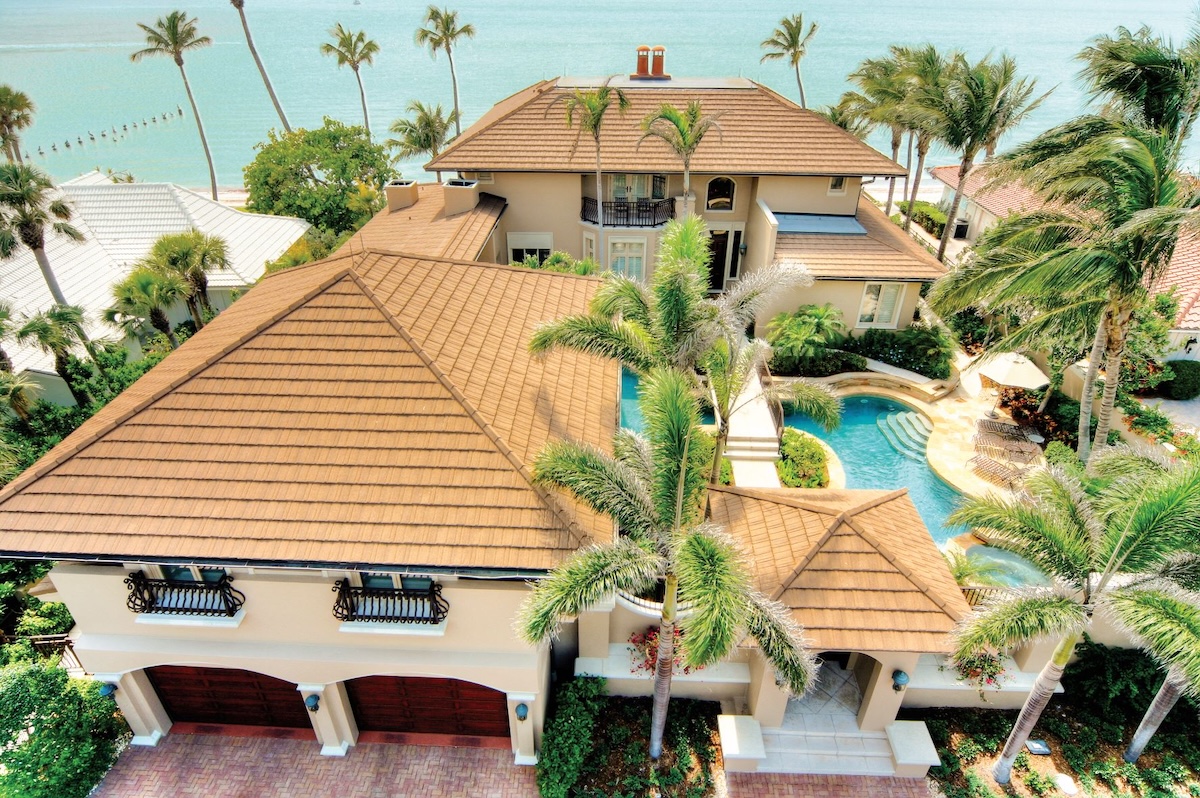
Boost in Home Value
Metal roofs also enhance the curb appeal of your home so that it has a higher resale value if you choose to put it on the market in the future. Installing a metal roof can increase your home value between 60 and 70 percent, or add between $7,000 and $8,100, on average, according to Angi. The type of metal, location, climate, and roof style can all affect the return on investment (ROI). High-end materials like copper and steel, for example, tend to be considered more upscale and therefore provide the most ROI.
Recyclability
Metal is considered one of the most environmentally-friendly and sustainable roofing materials available, which is especially important for homeowners looking to reduce their carbon footprint. In addition to energy savings and suitability for solar panels, metal roofs are also a low-waste product.
Manufactured using a minimum of 25 percent recycled material, metal roofing is 100 percent recyclable—even at the end of its long life. “While other roofing materials end up in landfills, metal roofing can avoid landfills and potentially offer scrap value—another environmental positive,” says Ramey with the Metal Roofing Alliance.
This recyclability factor eliminates the environmental impact of waste disposal. On the other hand, a typical asphalt roof contains hundreds of gallons of crude oil and needs to be replaced every 12 to 20 years. As a result, approximately 12 million tons of asphalt shingles are dumped into U.S. landfills every year, according to the U.S. Environmental Protection Agency.
Download a free copy of the Metal Roofing Alliance’s comprehensive buying guide to learn more.